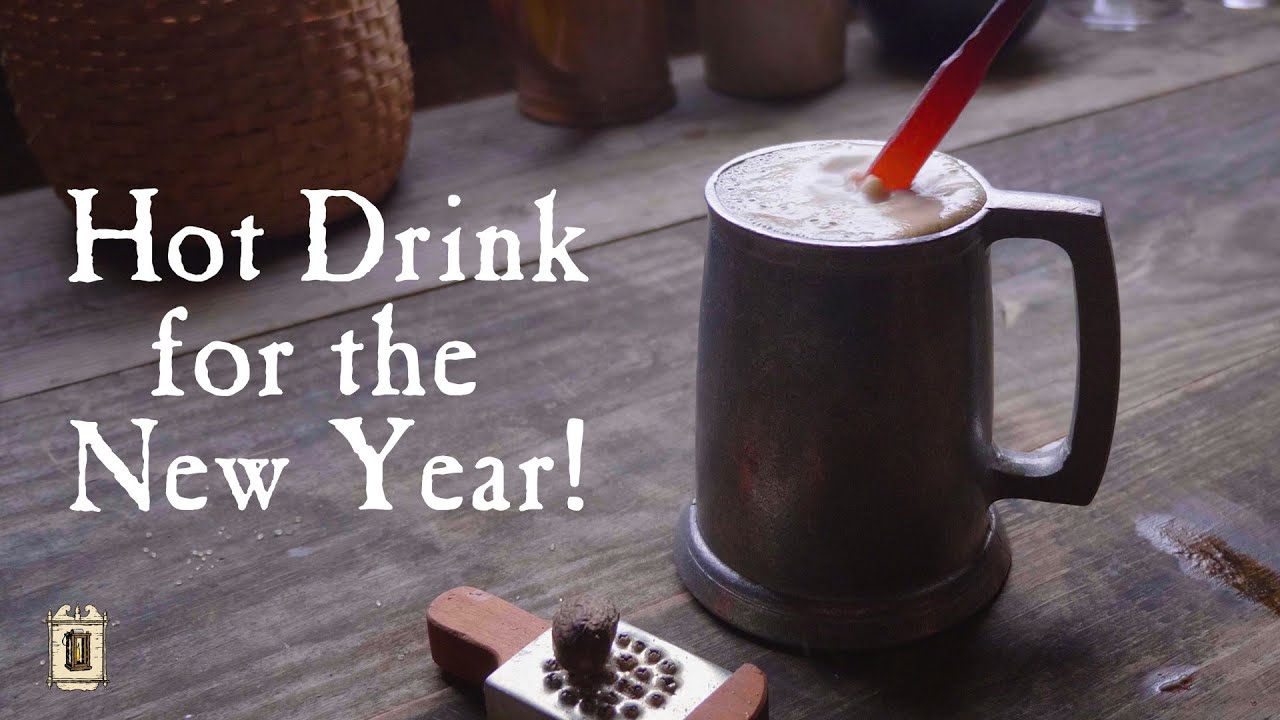Toddy Rods (also known as Flip Dogs) as shown in the video, were a popular way to heat drinks and add some table-side flair in the 18th and early 19th centuries.
A flip is a class of mixed drinks. According to the Oxford English Dictionary, the term was first used in 1695 to describe a mixture of beer, rum, and sugar, heated with a red-hot iron (toddy rod) The iron caused the drink to froth, and this frothing (or “flipping”) helped create the name. Over time, eggs were added and the proportion of sugar increased, the beer was eliminated, and the drink ceased to be served hot.
The first bar guide to feature a flip was Jerry Thomas‘s 1862 How to Mix Drinks; or, The Bon-Vivant’s Companion. In this work, Thomas declares that, “The essential in flips of all sorts is to produce the smoothness by repeated pouring back and forward between two vessels and beating up the eggs well in the first instance the sweetening and spices according to taste.”[1]
With time, the distinction between egg nog (a spirit, egg, cream, sugar, and spice) and a flip (a spirit, egg, sugar, spice, but no cream) was gradually codified in U.S. bar guides. In recent decades, bar guides have begun to indicate the presence of cream in a flip as optional.
The hot beverage known as flip, from which the modern cocktail evolved, has been around since the late 1600s originating first from colonial America. It was a very popular drink in English and American taverns until the 19th century. There were many variations as each tavern would have its own recipe. It was principally a mulled ale, with the addition of rum or brandy, sugar, spices (almost always grated nutmeg), and fresh eggs. Some notable variations existed such as the Sailor’s Flip which had no ale, or the Egg-Hot which had no spirits.
The drink was warmed (and thus mulled) by first having its beer component placed in a vessel by a fire. Once near boiling, the hot ale was transferred to a jug and combined with the other ingredients. Another jug was used to pour the liquid back and forth (hence the name flip) until creamy smooth. Finally, the drink was served in a cup or tankard and finished using a dedicated iron fireplace poker called a flipdog, hottle, or toddy rod. The rod would be heated in or by the fire until red-hot and then plunged into the cup of flip. The hot iron further mulled and frothed the drink, imparting a slightly bitter, burned taste.
